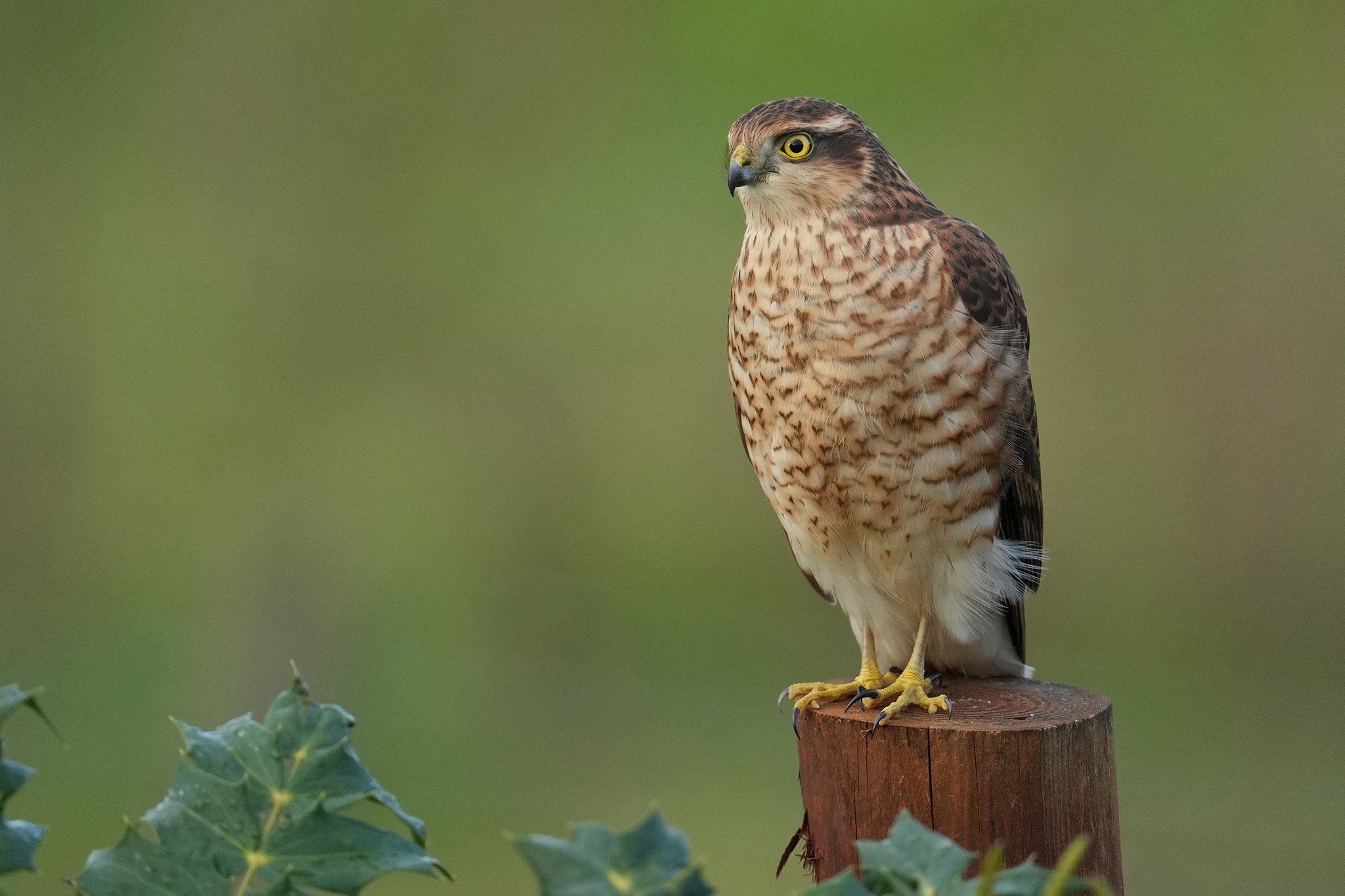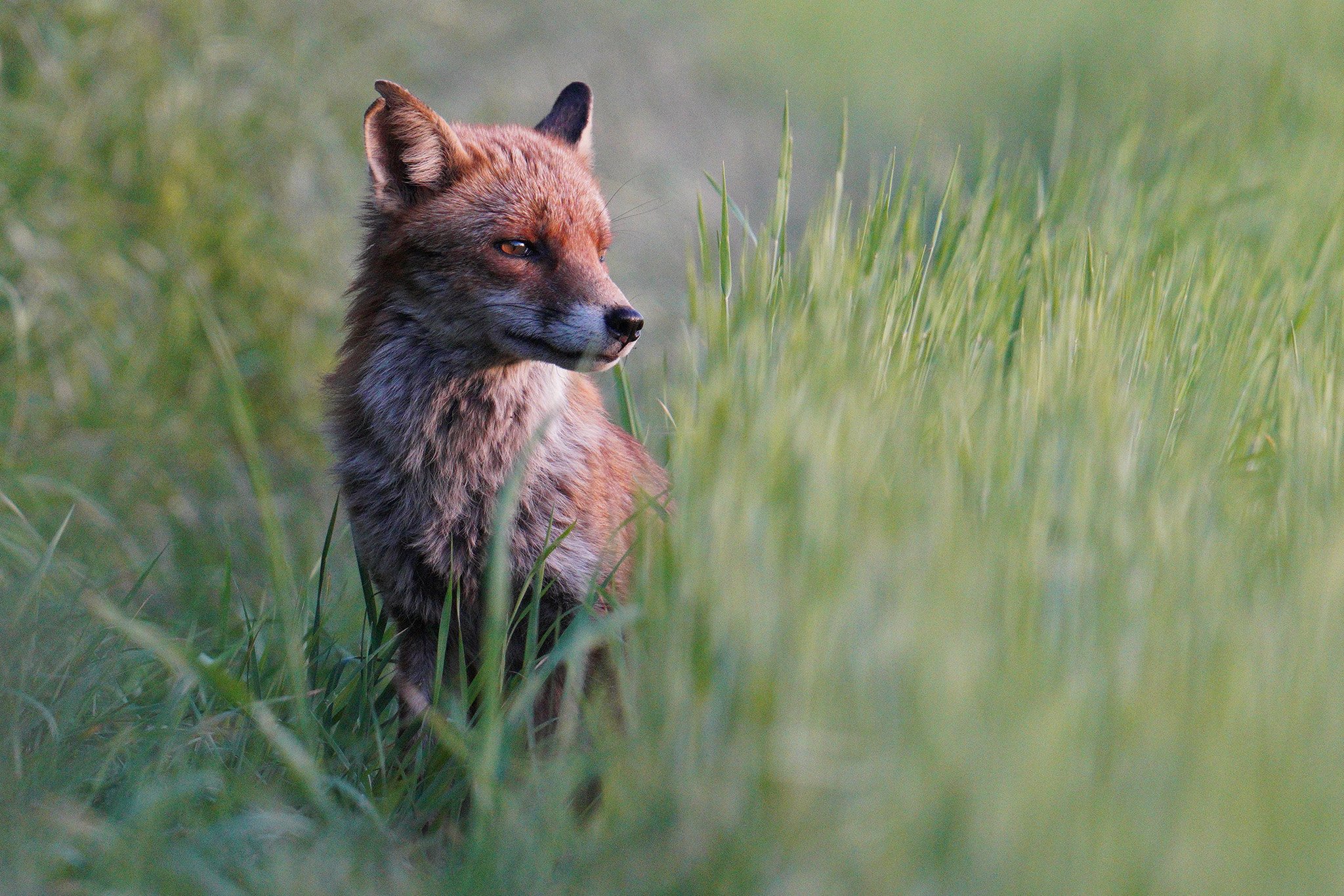With the introduction of the Sony FE 400-800mm F6.3-8 G OSS lens many of Sony’s FE 200-600mm F5.6-6.3 G OSS owners are probably wondering whether the new longer reach lens has a place in their backpack.
As an owner of the 200-600mm myself, I’m definitely asking myself this question.
So far I’ve resisted the temptation to order the new 400-800 but I am starting to think that it could pair pretty nicely with my Sigma 500mm F5.6 DG DN OS lens.
I’ve not had the opportunity to try the 400-800 yet but since there is plenty of information out there already, I thought I’d put this article together to compare these two super-telephoto zoom lenses.
Hopefully at some point I’ll get my hands on the 400-800 and will be able to expand on this article with my own real-world experience.
Table of Contents[Hide][Show]
Size & Weight
I expect the first thing on your mind is how these two lenses stack up against each other when it comes to the all important measurements, especially if you plan to walk around with them a lot or travel with them.
The 400-800 is the slightly larger lens at 119.8mm in diameter x 346mm in length (4-3/4 x 13-5/8 in.). It weighs 2475 g (87.4 oz.) without the tripod foot and lens hood.
The 200-600 measures 111.5mm in diameter x 318mm in length (4.4in. x 12.5in.) and weighs 2115 g (74.7 oz.) without the tripod foot and lens hood.
So the 400-800 is around 28mm longer and 8.3mm wider in diameter than the 200-600. The 400-800 also weighs around 360g (12.7 oz.) more than the 200-600.
So if you found the 200-600 heavy there’s little doubt that you are also going to find the 400-800 heavy.
Personally I did find the 200-600 to be a little on the heavy side, especially after purchasing the much lighter Sigma 500 F5.6.
However, I typically used a monopod if walking around with my 200-600 and would certainly be doing the same with the 400-800.
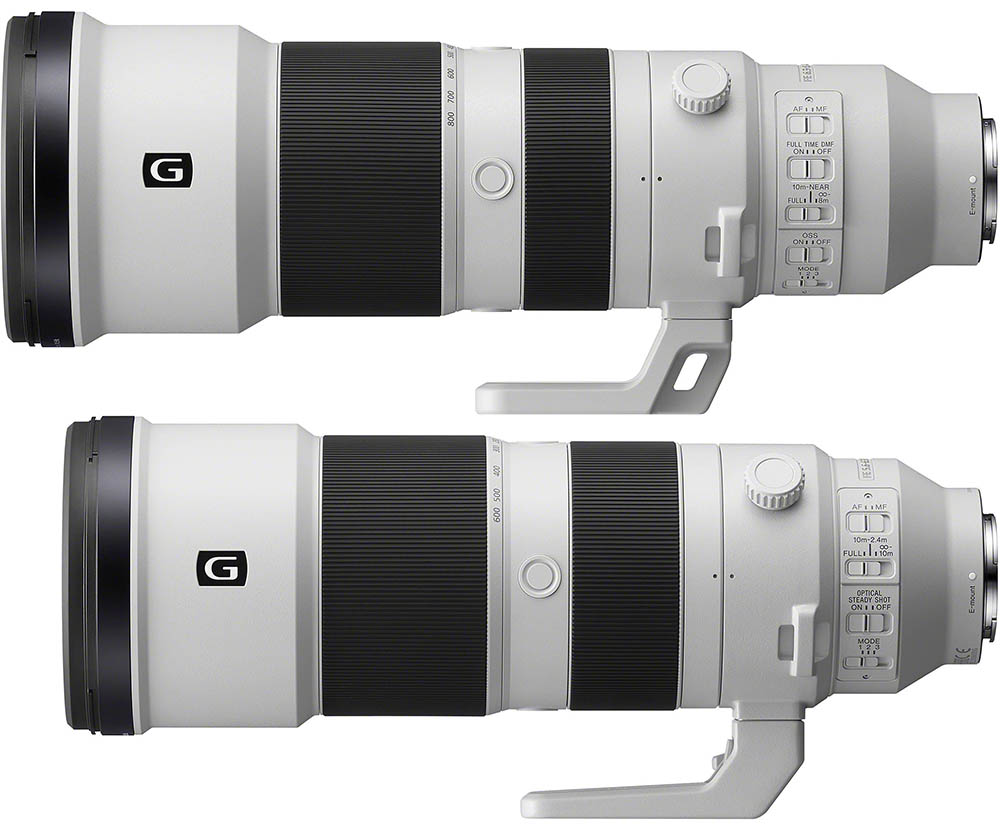
Spec Comparison
Here’s a quick comparison of the key specifications between these two super-telephoto lenses.
| Sony FE 400-800mm F6.3-8 G OSS | Sony FE 200-600 F5.6-6.3 G OSS | |
|---|---|---|
| Format | 35mm full-frame | 35mm full-frame |
| Focal Length | 400-800mm | 200-600mm |
| Maximum Aperture | F6.3-8 | F5.6-6.3 |
| Minimum Aperture | F36-45 | F32-36 |
| Lens Construction | 27 elements in 19 groups | 24 elements in 17 groups |
| Angle of View | 6°10′-3°10′ | 12°30′-4°10′ |
| Number of Diaphragm Blades | 11 circular | 11 circular |
| Minimum Focusing Distance | 1.7-3.5 m(5.58-11.5 ft) | 2.4 m (7.88 ft) |
| Maximum Magnification Ratio | 0.23x | 0.20x |
| Stabilization | Yes | Yes |
| Filter Size | 105mm | 95mm |
| Teleconverter Support | Yes (1.4x & 2x) | Yes (1.4x & 2x) |
| 120 FPS | Yes | Yes |
| Dimensions (Diameter × Length) | 119.8 x 346 mm(4-3/4 x 13-5/8 in.) | 111.5mm x 318mm / 4.4in. x 12.5in. |
| Weight | 2475 g(87.4 oz.) | 2115 g (74.7 oz.) |
| RRP Price | $2,898.00 / £2,559.00 | $1,998.00 / £1,559.00 |
| Check Current Price At | B&H Photo | Amazon | B&H Photo | Amazon |
Focal Length & Aperture
The Sony FE 400-800mm F6.3-8 G OSS is an internal zooming lens which has a focal length starting at 400mm and ending at 800mm. It has a variable aperture of F6.3-8. From 400-482mm the aperture is F6.3, from 483-590mm is drops down to F7.1 and from 591-800mm it’s at F8.
The Sony FE 200-600 F5.6-6.3 is also an internal zooming lens which has a focal length from 200mm to 600mm. It has a variable aperture of F5.6-6.3. From 200-299mm the aperture is F5.6 then from 300-600mm is drops down to F6.3.
At 800mm you will roughly be 33 percent closer to your subject than you would be at 600mm from the same shooting spot.
Minimum Focusing Distance & Magnification
The Sony FE 400-800 has a variable minimum focusing distance of 1.7-3.5 m (5.58-11.5 ft) and a magnification ratio of 1:5 / 0.23x
The Sony FE 200-600 has a fixed minimum focusing distance of 2.4 m (7.88 ft). and a magnification ratio of 1:5 / 0.20x.
Image Stabilization
Both lenses feature built-in stabilization but unfortunately Sony does not specify the amount of compensation provided for each lens.
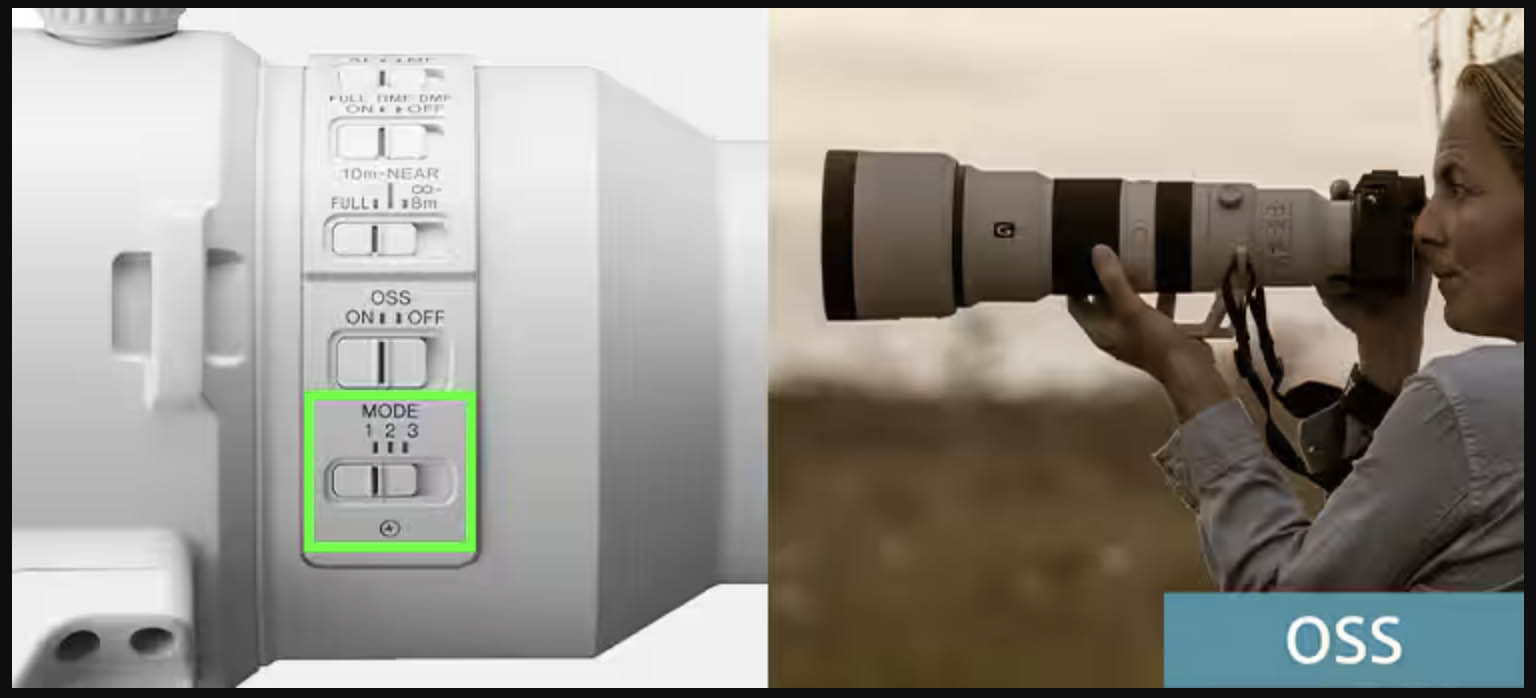
Three modes of stabilization are available. Mode 1 compensates for normal camera shake; Mode 2 compensates for camera shake when panning moving subjects; Mode 3 provides improved viewfinder stabilisation for easier framing of active subjects.
Bodies & Controls
Let’s now see how these two lenses compare when looking at the various controls, hoods and tripod feet.
Controls
Both lenses feature the following controls:
- Zoom ring
- Focusing ring
- 3 customisable focus-hold buttons
- Focus mode switch (AF/MF)
- Focus-range limiter
- SteadyShot switch
- SteadyShot mode switch (3 modes)
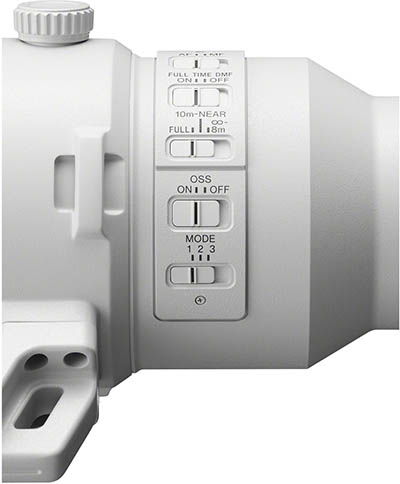
The 400-800 features an additional full-time direct manual focus switch which automatically engages manual focus when the focus ring is operated, making it easy to apply fine manual adjustments or change the focus entirely.
Lens Hood
Both lenses feature large bayonet style lens hoods to help with keeping lens flare at bay, they also offer physical protection to the front of the lens elements.
The 400-800 hood features a new design over the 200-600 hood with a lock button for easy attachment and removal, and there’s now also a filter opening for easy operation of filters.
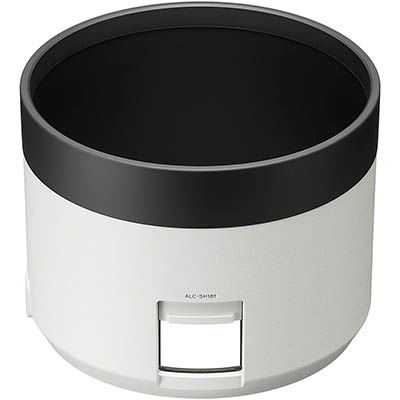
Tripod Foot & Collar
Both lenses feature rotatable lens collars with tension adjustment that can be quickly rotated for horizontal or vertical shooting. Sadly unlike the Sigma lenses neither lens features detents (click-stops) at the four cardinal positions, which makes it a little trickier to align the lens correctly.
Also unlike Sigma lenses neither feet include an Arca-Swiss quick release plate. So if you wish to use the lens on a tripod or gimbal head this leaves you with two options, you can either attach an arca-swiss quick release plate to the foot, or you can replace the entire foot for one that is arca-swiss compatible.
The tripod foot on the 200-600 is removable making it easy to swap for a Arca-Swiss compatible foot. The foot on the 400-800 is also removable but it doesn’t feature the same quick release design and instead require the removal of 4 screws.
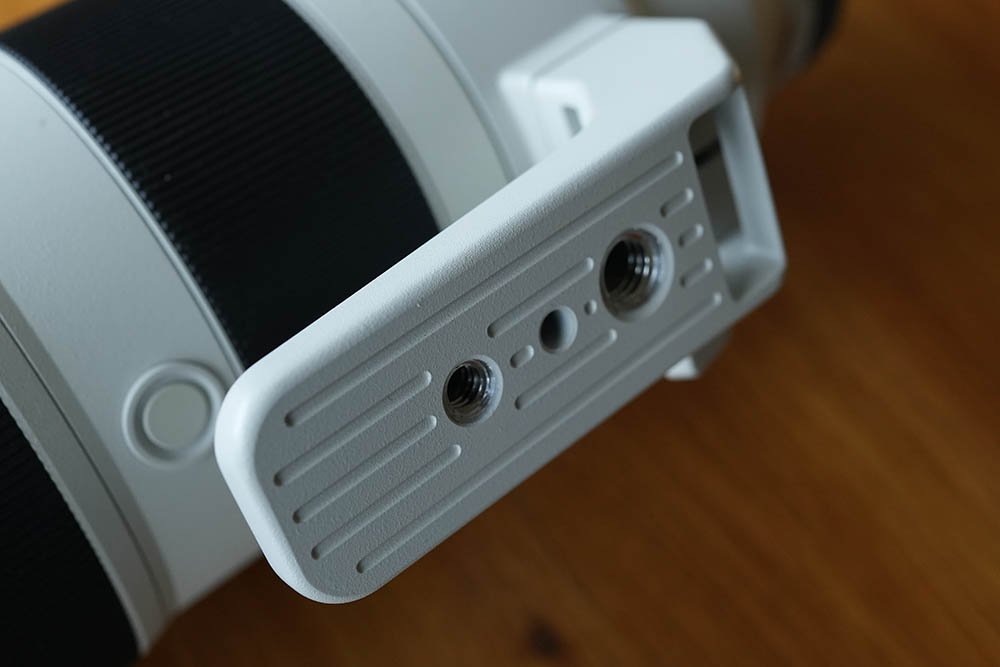
Image Quality
The 200-600 has always been excellent when it comes to image quality, especially for a zoom lens. My only criticism is that it does suffer from chromatic aberrations when shooting high contrast subjects, but most of the time this won’t be noticeable.
For a great comparison of the image quality between these two lenses I’d recommend watching this excellent video from Steve Parry:
At 400mm he mentions that both lenses are very close when it comes to central sharpness but the 200-600 has a slight advantage in the corners.
At 600mm he mentions that both lenses are again very close and hard to tell apart in the center of the frame. At the corners he gives a very slight advantage to the 400-800.
With the 400-800 at 800mm and the 200-600 +1.4x at 840mm there is no contest, the 400-800 is sharper in both the center of the frame and the corners.
Autofocus & Maximum FPS
Steve also carried out some very nice AF Speed tests by going from minimum focus to affinity.
The Sony 400-800 at 600mm took 0.56s and 0.63s at 800mm. The 200-600 took 0.63s at 600mm and 0.9s with the 1.4x teleconverter at 840mm.
The 400-800 features two precision linear motors that allow the lens to easily keeps up with the 120 fps maximum burst speed of the α9 III, and continues uninterrupted even while zooming so important moments are not lost.
The 200-600 makes use of Sony’s DDSSM (Direct Drive SSM) motors which are an earlier iteration of their linear motors.
Both lenses support shooting at up to 120 fps with the A9III. The Sony FE 200-600 lens will require a firmware update to achieve 120 fps.
Teleconverter Support
Both lenses support Sony’s SEL14TC (1.4x) and SEL20TC (2x) teleconverters.
The 1.4x will extend the reach of the 400-800mm to a maximum of 1100mm at f/11, and the 200-600mm to a maximum reach of 840mm at f/9.
The 2.0x extends the 400-800mm to a maximum of 1600mm at f/16 and the 200-600mm to a maximum of 1200mm at f/13.
The 1.4x will add 167 g / 5.9 oz in weight and the 2x will add 207 g / 7.3 oz.
Both teleconverters will introduce some softness to the images the 2x more so than the 1.4x.
I do own both teleconverters but I rarely use them with my 200-600 and this would also be the case with the 400-800. If I was to use one it would be the 1.4x.
Sample Images
At this time I can only share sample images from the 200-600 I’m afraid. Hopefully I’ll soon get my hands on the 400-800 and will be able to share images from this lens as well.
Sony FE 200-600 F5.6-6.3 G OSS
You can find further sample images over on our forum. Forum members also contribute to these sample image threads. At this time there are no sample images available for the 400-800 but these will hopefully start appearing soon.
Summary – Which Lens to Buy?
You will be falling into two camps here. You either own the 200-600 already and you are considering replacing it with the 400-800. Or you are looking to purchase your first super-telephoto zoom lens.
The 200-600 is an excellent lens that I’ve owned since day one. Yes it’s a little on the heavy side but for the price, image quality and handling it’s impossible to beat.
However, in 2024 I purchased the Sigma 500mm F5.6 DG DN OS which is around 895g lighter than the Sony 200-600 and since then my 200-600 has been collecting dust. If you are interested I have started to put together a comparison between the 200-600 and Sigma 500 here.
Therefore I have considered selling my 200-600 because it see’s so little use. However, the 400-800 appears to be a great replacement. The 200mm of additional focal length would be very useful for the little birds that I like to shoot.
I don’t think I would ever let the Sigma go as this is my ideal walk-around lens. But the 400-800 could certainly snap some shots that the Sigma would struggle with. I would however be using it mostly with a monopod to help with the weight.
If you already own the 200-600 and rarely feel like you need any additional reach, then you don’t really need to shell out for the 400-800.
But if you would find an additional 200mm useful, especially for shooting much smaller subjects then the 400-800 is definitely a lens to consider.
I think for sports shooters the 200-600 will remain the best option but wildlife shooters that additional reach will be very tempting, even with the weight penalty that it brings.
Have you already ordered the 400-800? Please let me know in the comments below along with your reasons for doing so.
I’ve not ordered the 400-800 yet as I’ve been so busy recently but I am definitely tempted to do so. I will then hopefully be able to expand on this article.
Check Price & Reviews: Sony FE 400-800mm F6.3-8 G OSS
At: B&H Photo | Amazon





